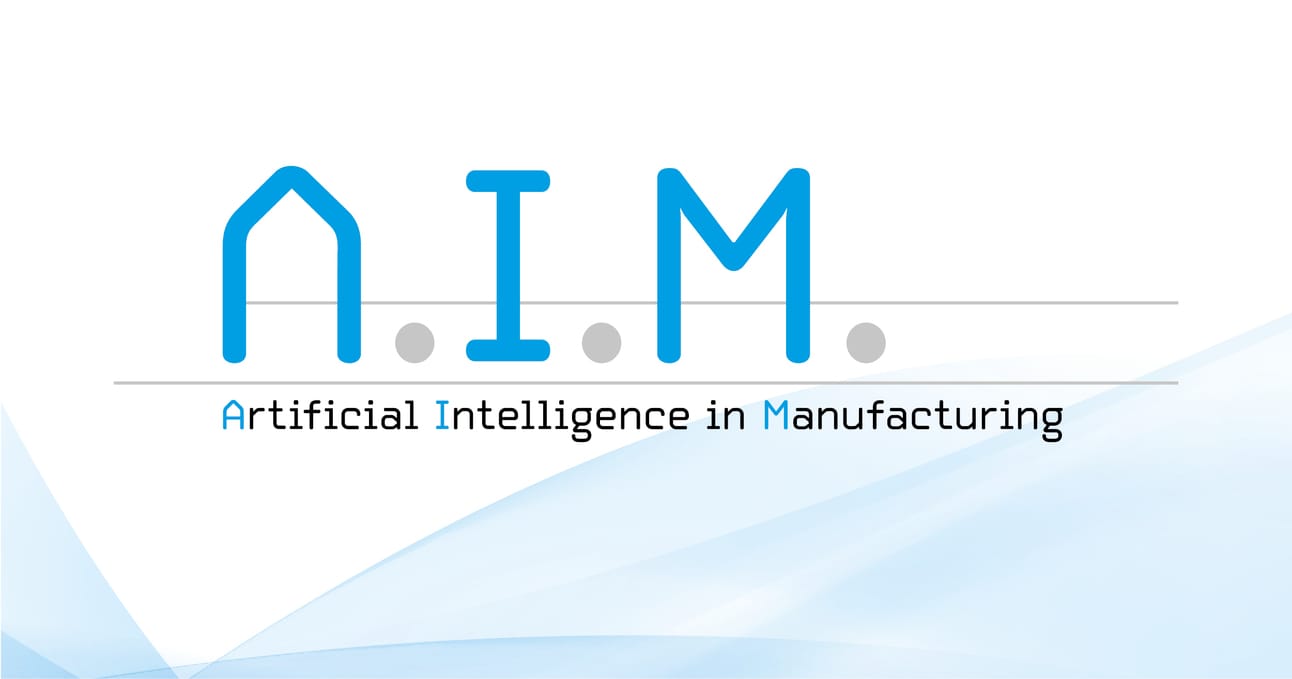- AI in Manufacturing
- Posts
- From Code to Capability: Is AI Becoming the New Core of Engineering?
From Code to Capability: Is AI Becoming the New Core of Engineering?
Plus, a look at the AI-powered tools reshaping food processing, how smart welding cells are boosting precision on the shop floor, real-time agents already solving complex manufacturing tasks, and the scheduling software giving rotomolders a serious productivity edge – all happening now, not next


As AI continues to evolve from promising concept to practical tool, this week’s stories highlight just how wide-ranging its impact is becoming – from predictive insights on the production line to autonomous agents tackling complex tasks. Let’s dive in…
We start with a timely perspective on the future of engineering – and a clear message: those who build with AI, not just alongside it, will lead the next wave of industrial innovation. As AI becomes more intuitive and deeply integrated, engineers are rethinking not only what they create, but how they create it.
Meanwhile, a new smart welding cell is bringing precision and flexibility to small-batch environments. By combining machine learning with optimized positioning, it’s showing that automation doesn’t have to mean mass production – it can also mean better craftsmanship, faster.
In the food processing world, AI is proving its value on the factory floor. From boosting yield to reducing energy consumption, smarter data is helping producers balance efficiency with quality. Could this be the recipe for long-term resilience?
Elsewhere, a new collaboration is aiming to modernize biopharmaceutical manufacturing with AI-powered oversight and real-time control. It’s a push toward greater consistency, faster throughput, and more responsive operations in a tightly regulated space.
One of this week’s most intriguing developments? The launch of AI agents capable of solving highly technical tasks on their own. Already deployed in live manufacturing environments, they’re performing real work – no hand-holding required. Are we looking at the next phase of industrial automation?
Back in product development, AI is streamlining the entire workflow – from early-stage costing to automated toolpaths. These tools are reducing time and complexity for design and production teams alike, making innovation more accessible, even under tight timelines.
Finally, in rotational molding, a new platform is using AI to automate scheduling, scrap tracking, and performance analysis. It’s a compelling case for how targeted AI can drive immediate gains in even the most traditional manufacturing settings.
Thanks for reading. As always, feel free to hit reply and share what you’re seeing on your side of the manufacturing world. To stay ahead of the curve in the world of AI in manufacturing, you can follow us on LinkedIn for daily updates and breaking news. Here’s to another week of smart, AI-powered innovation!


